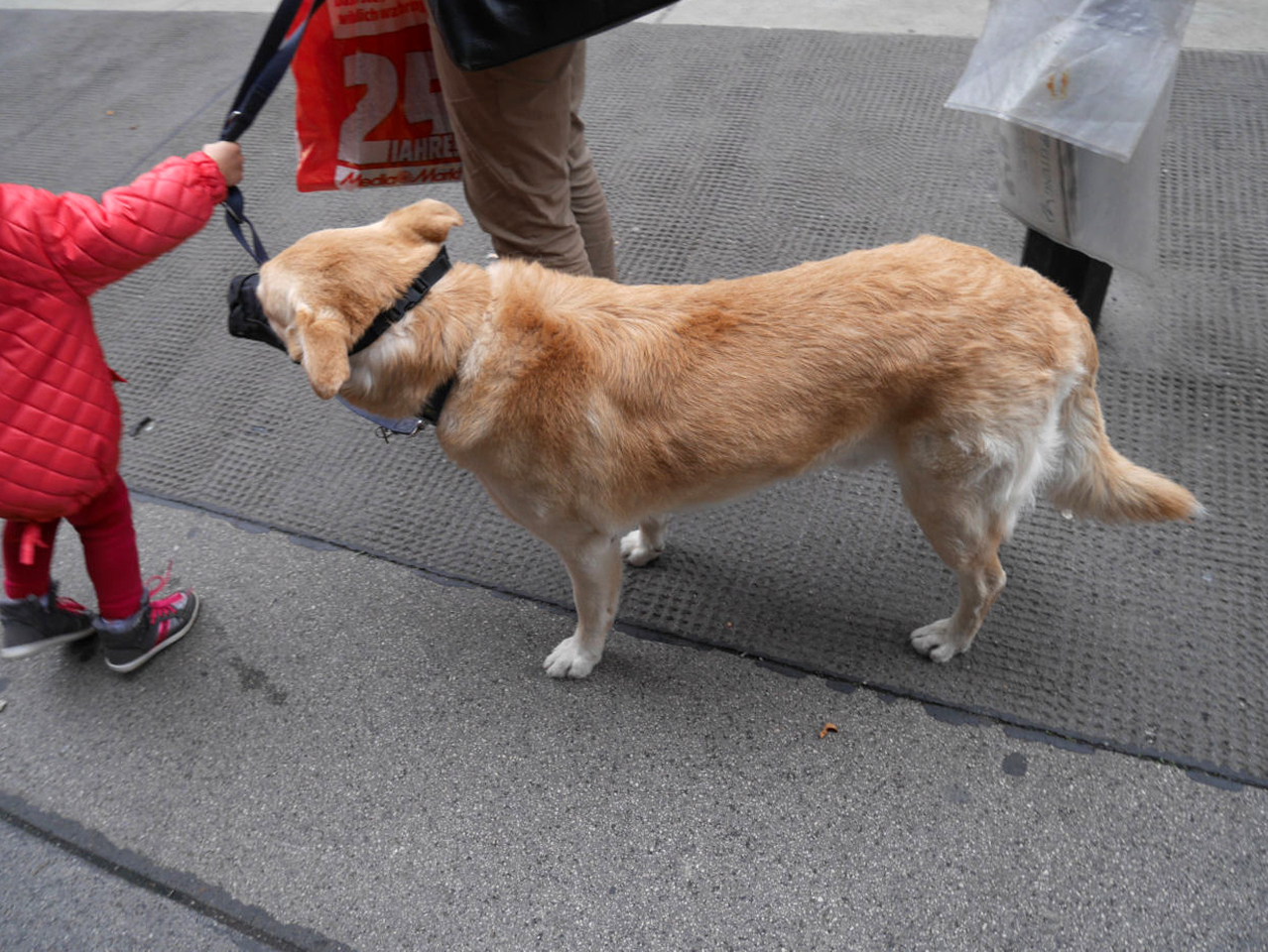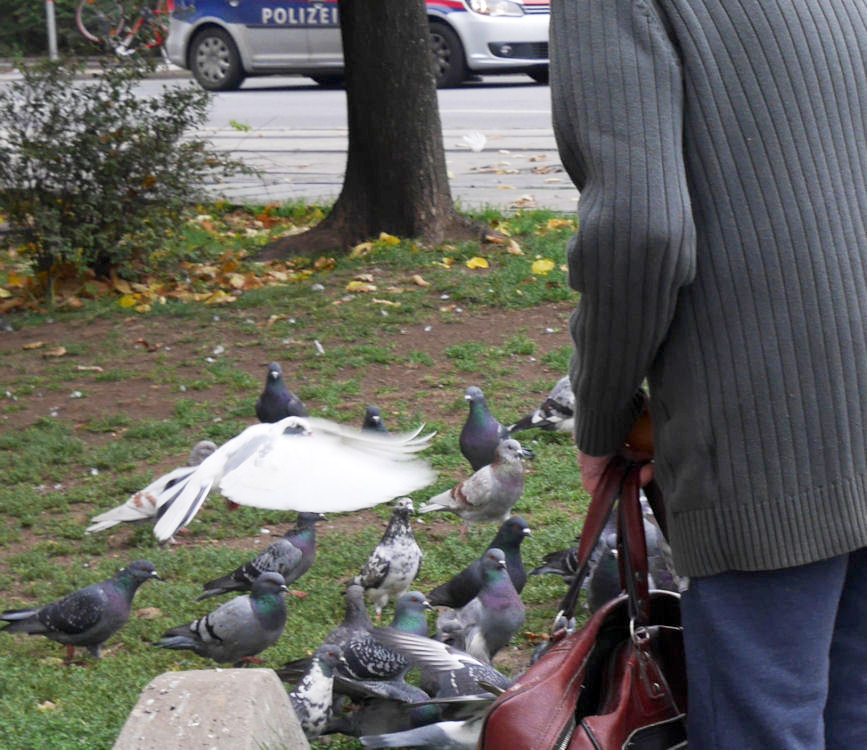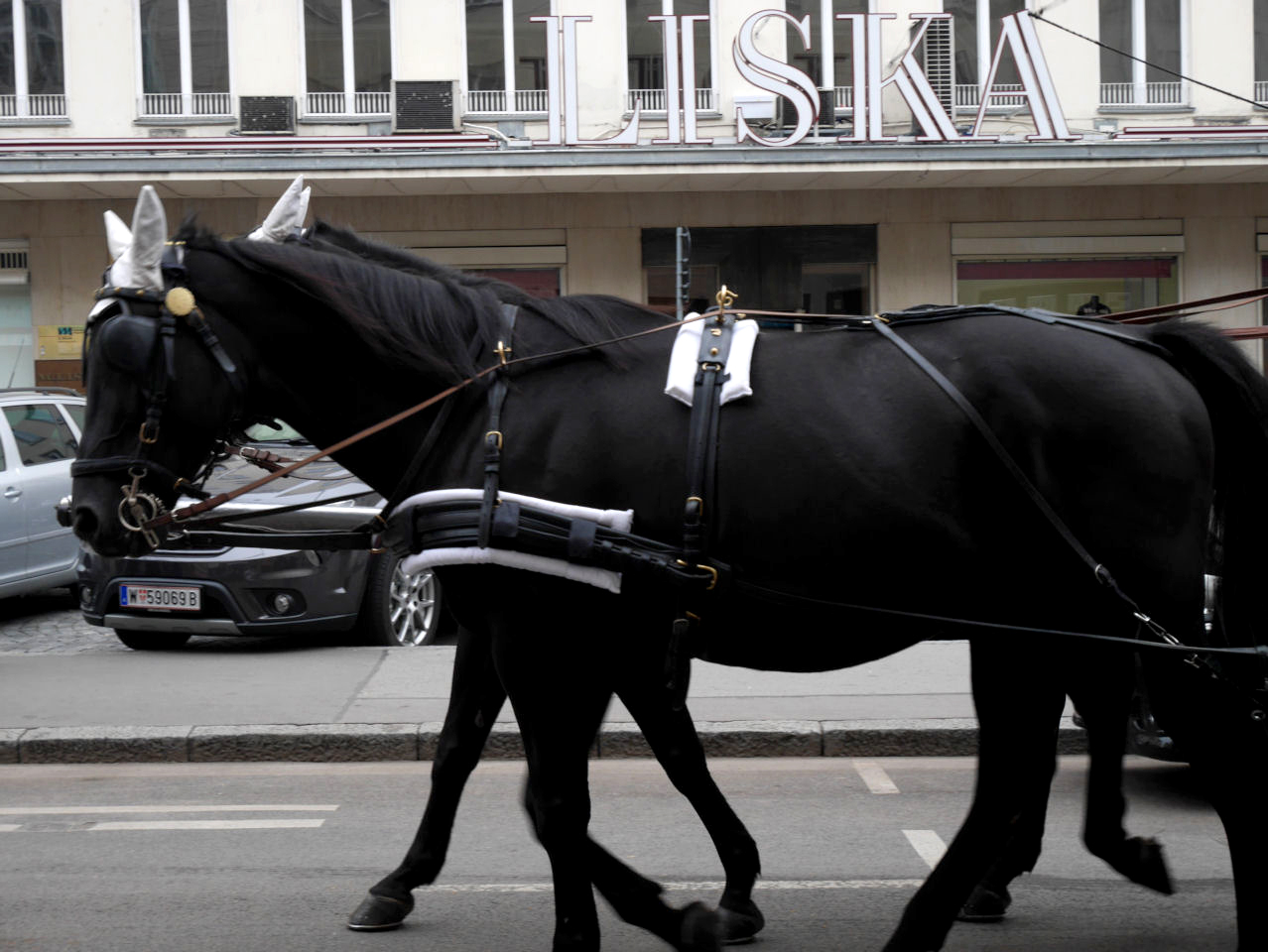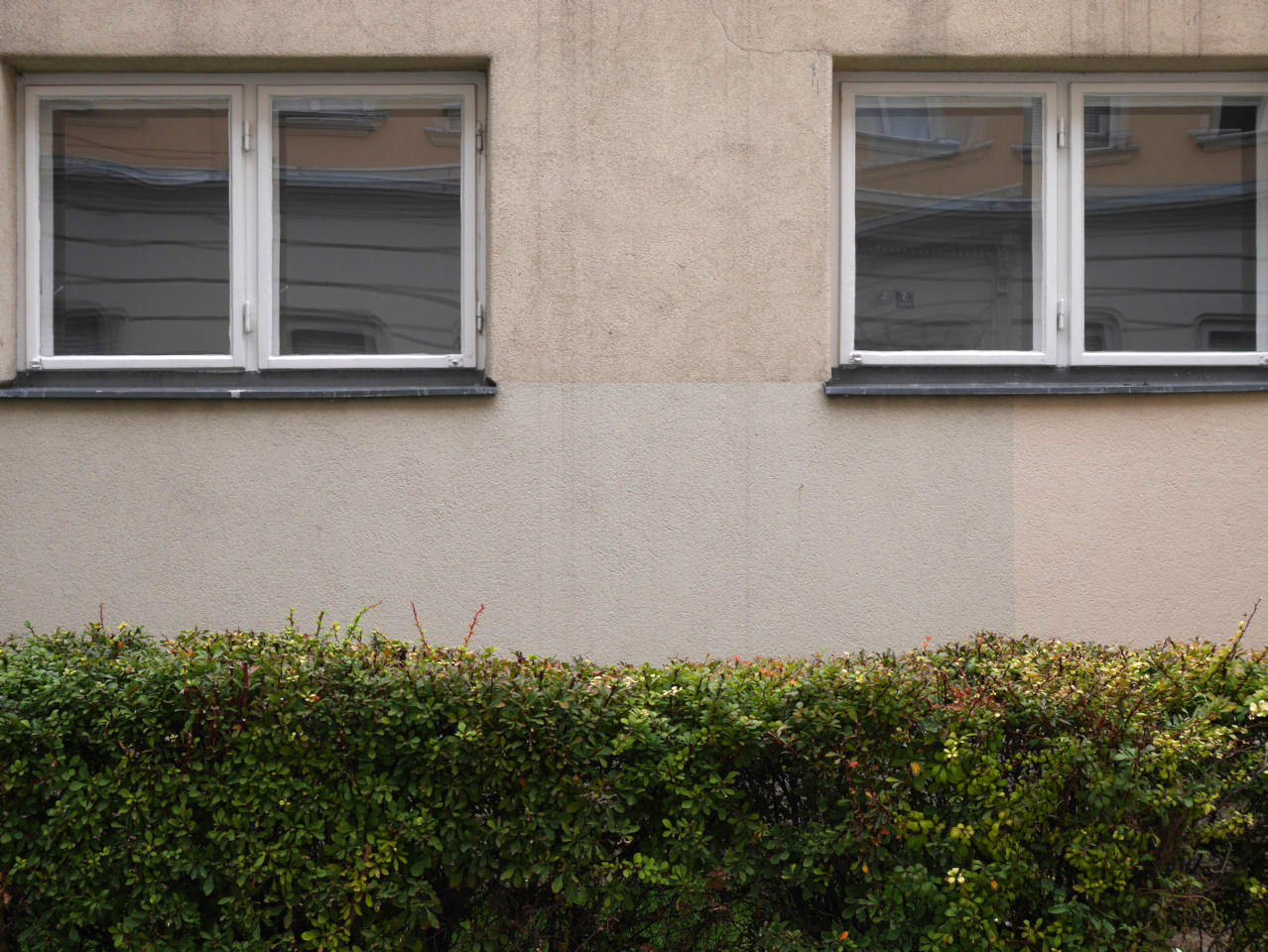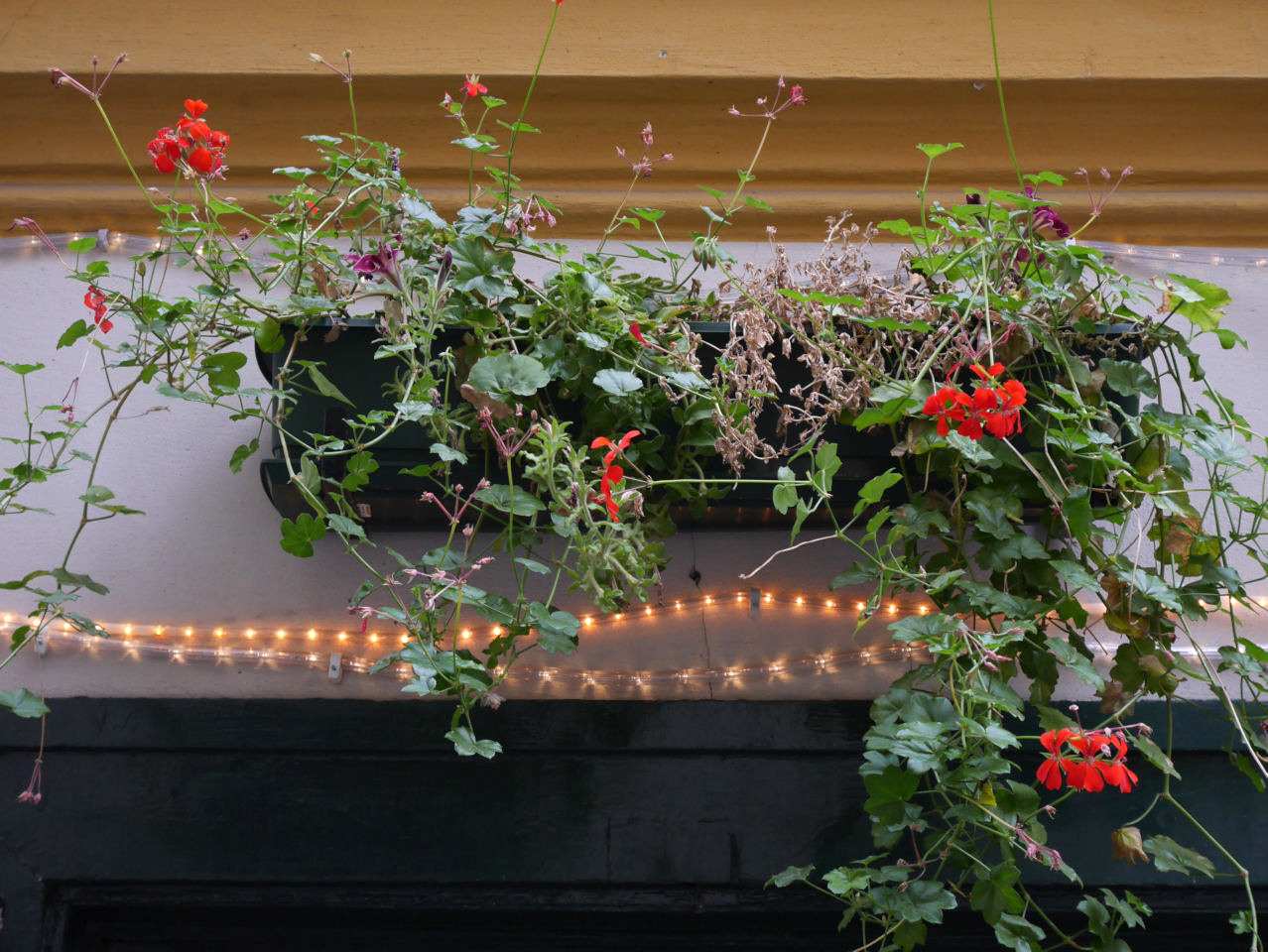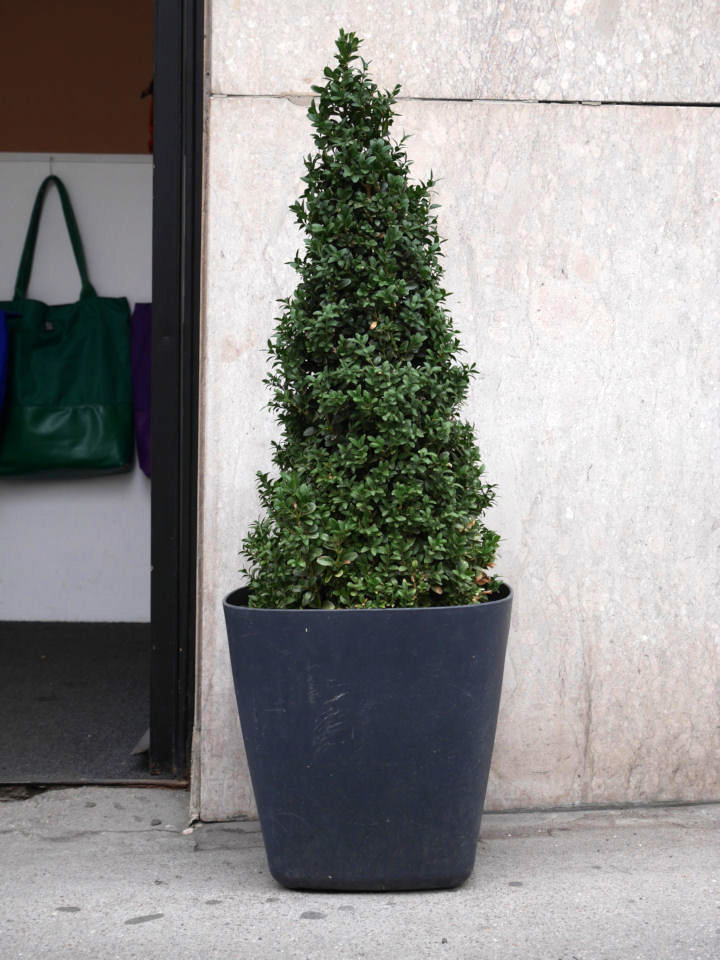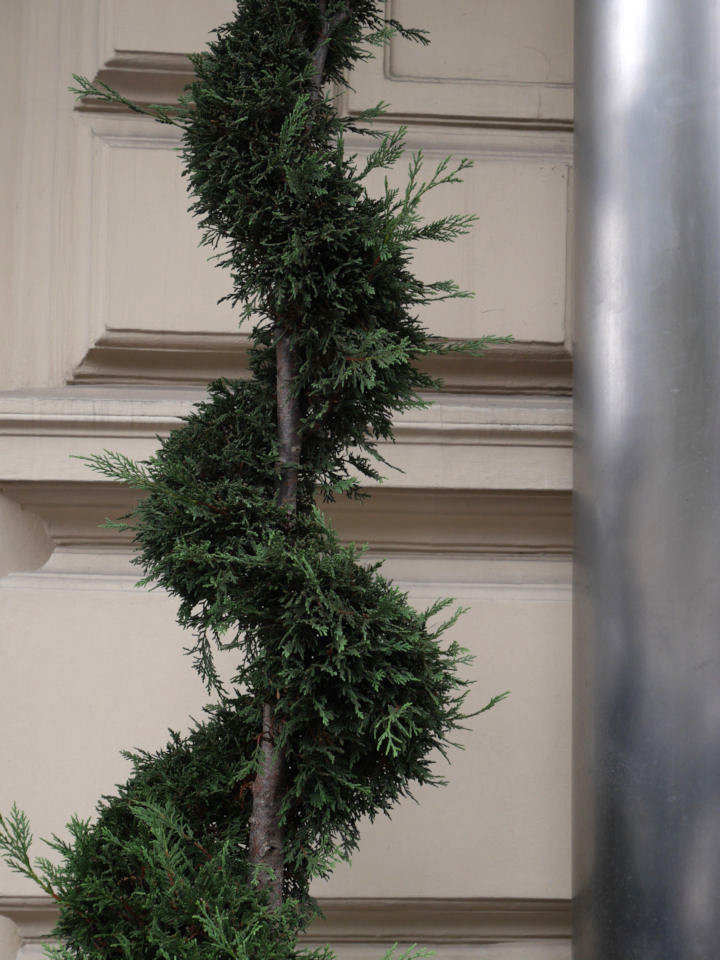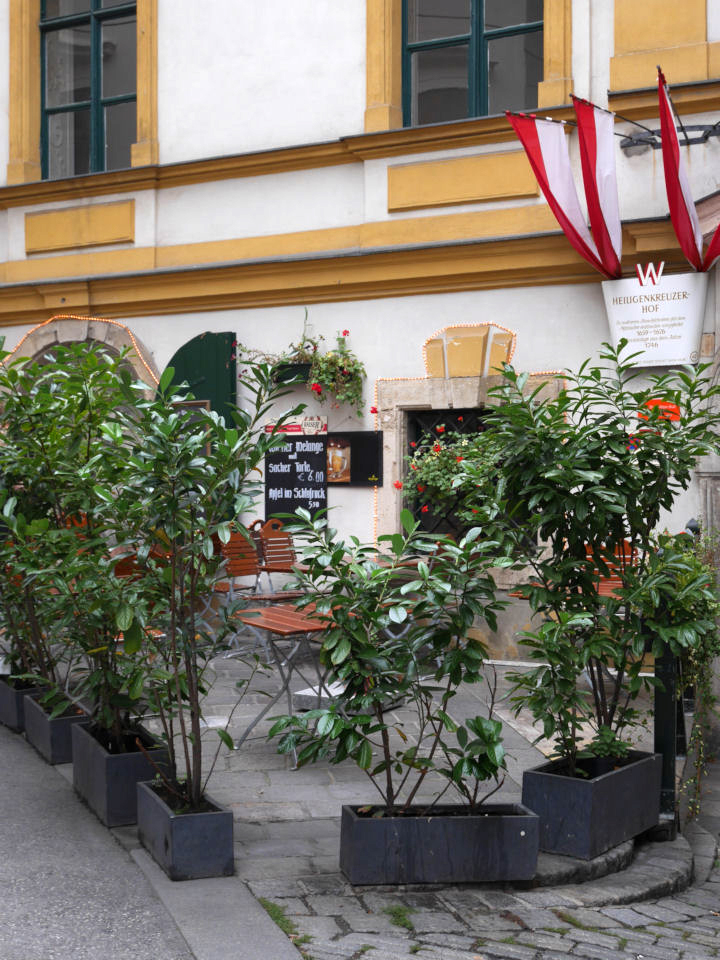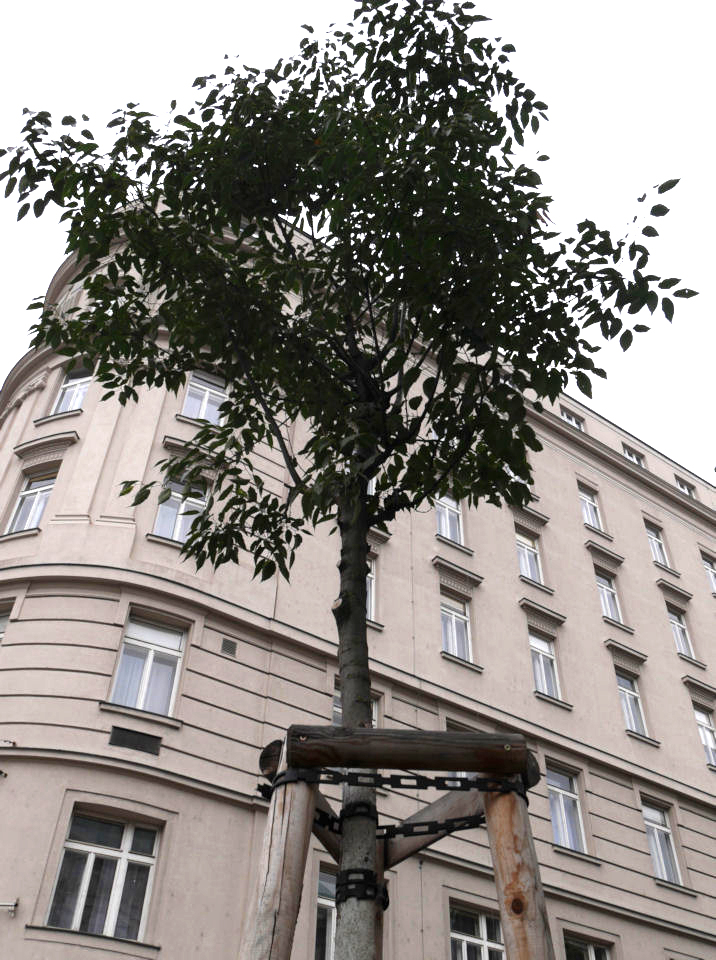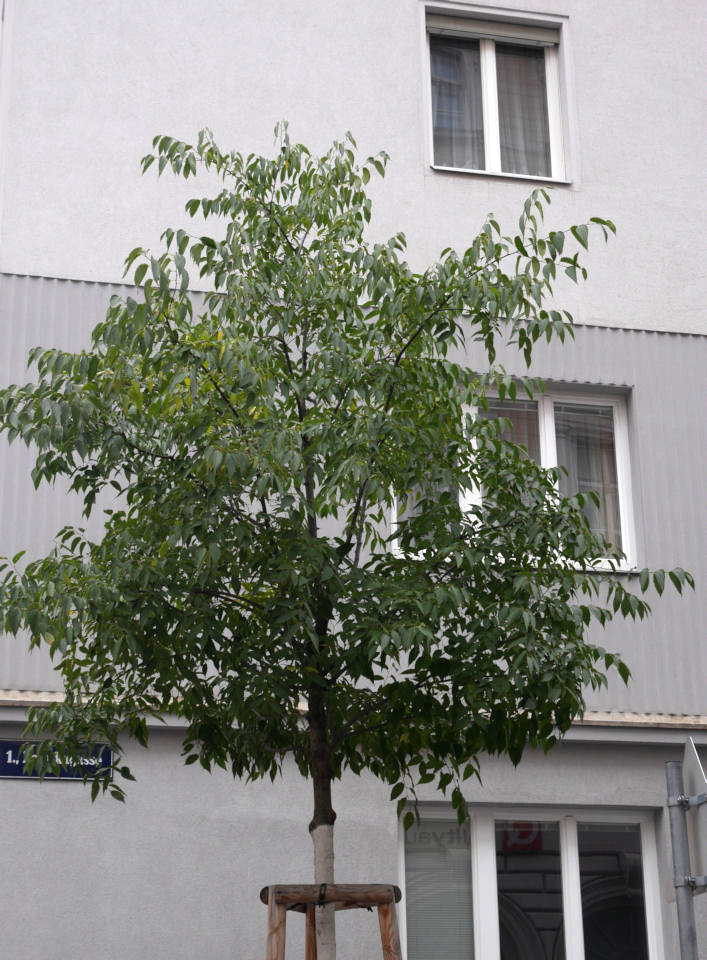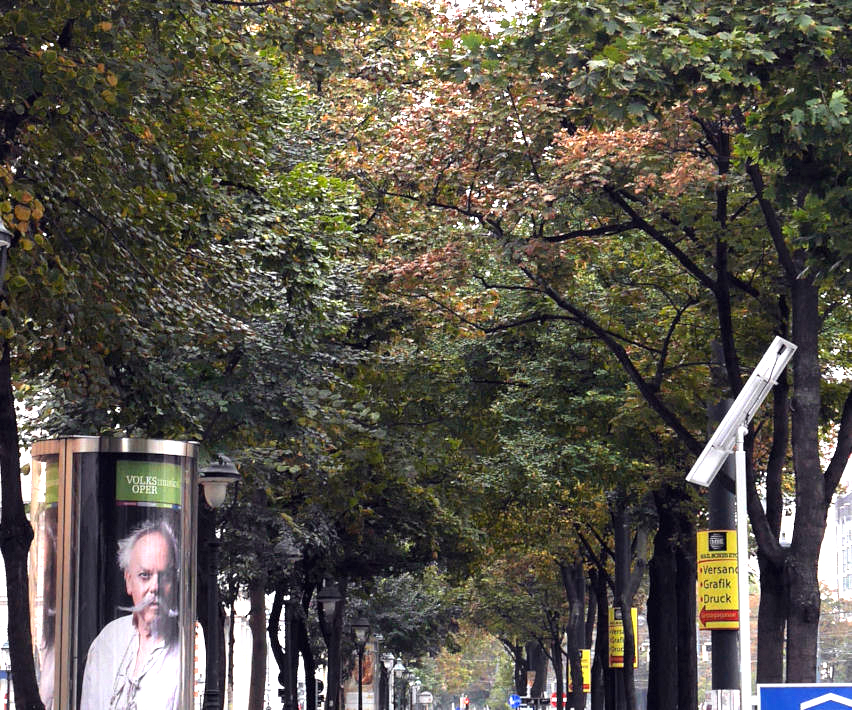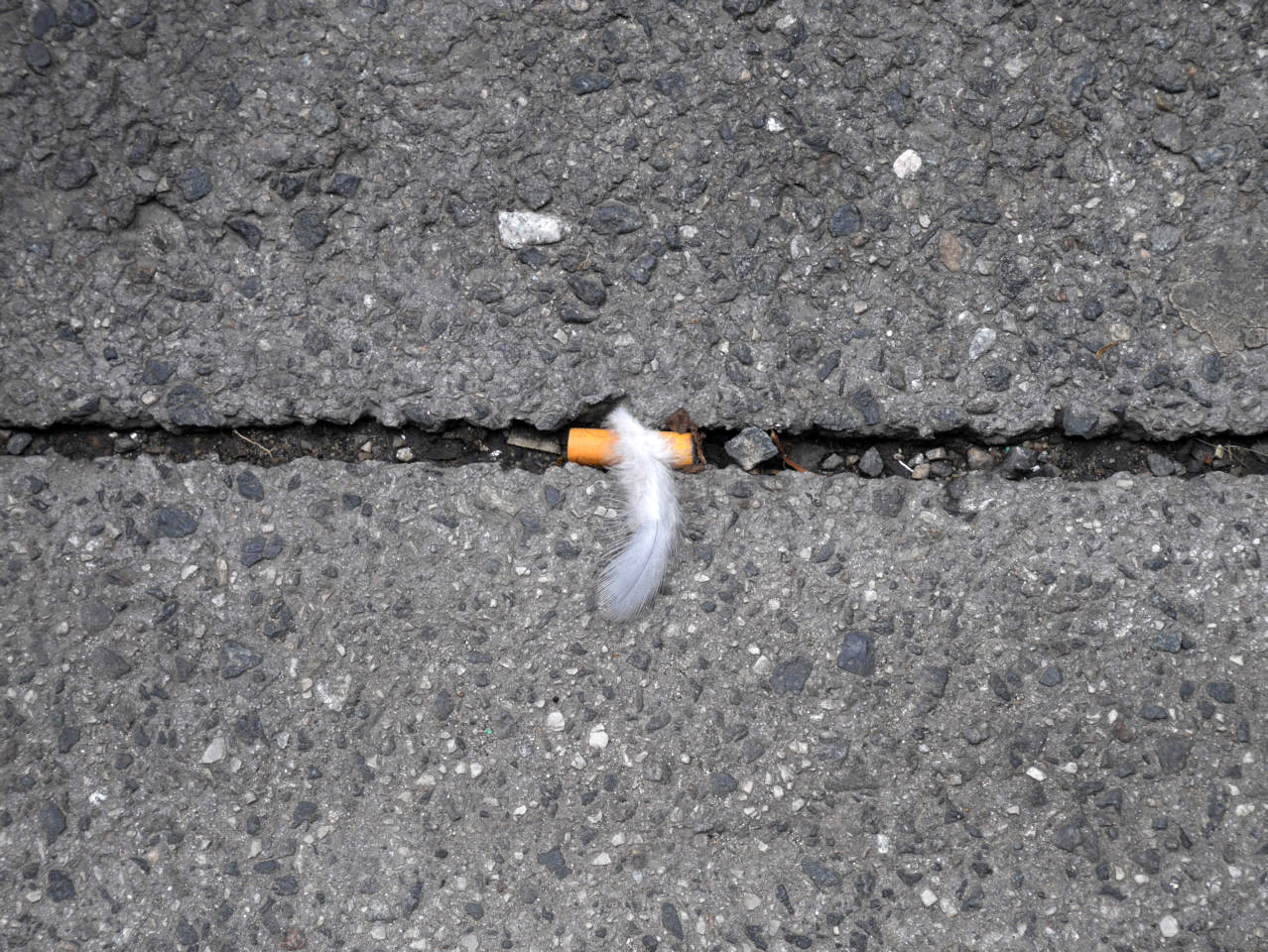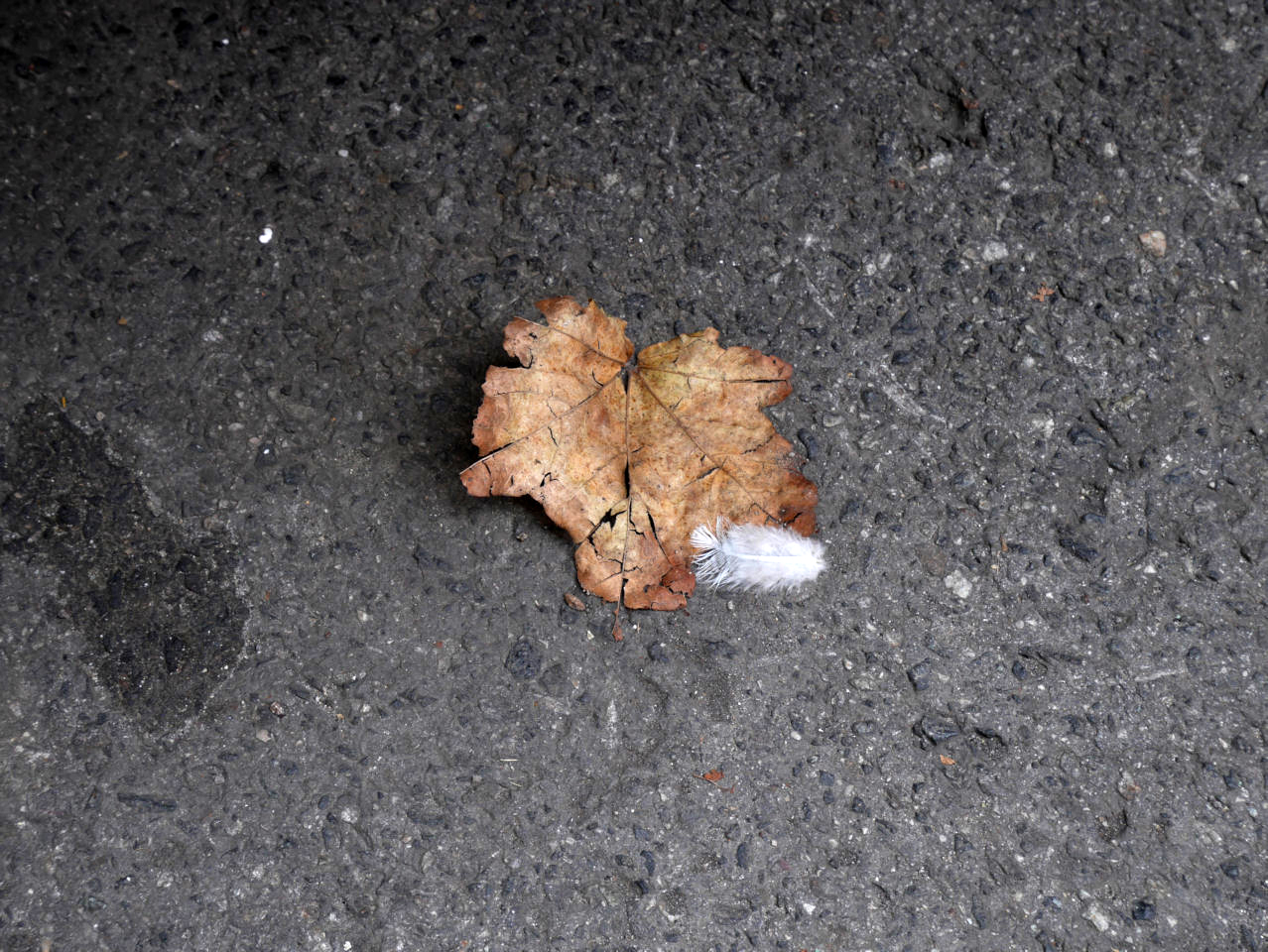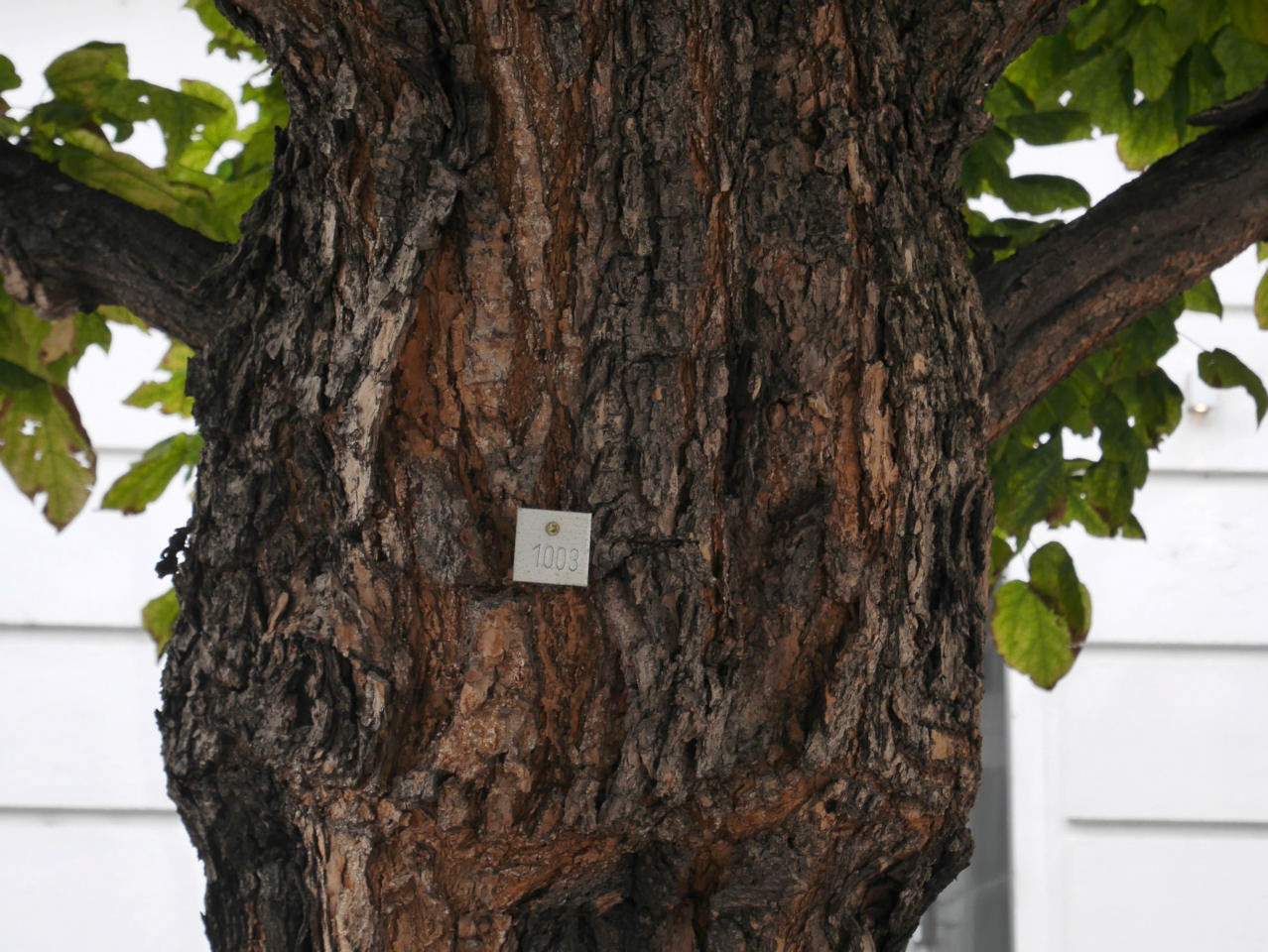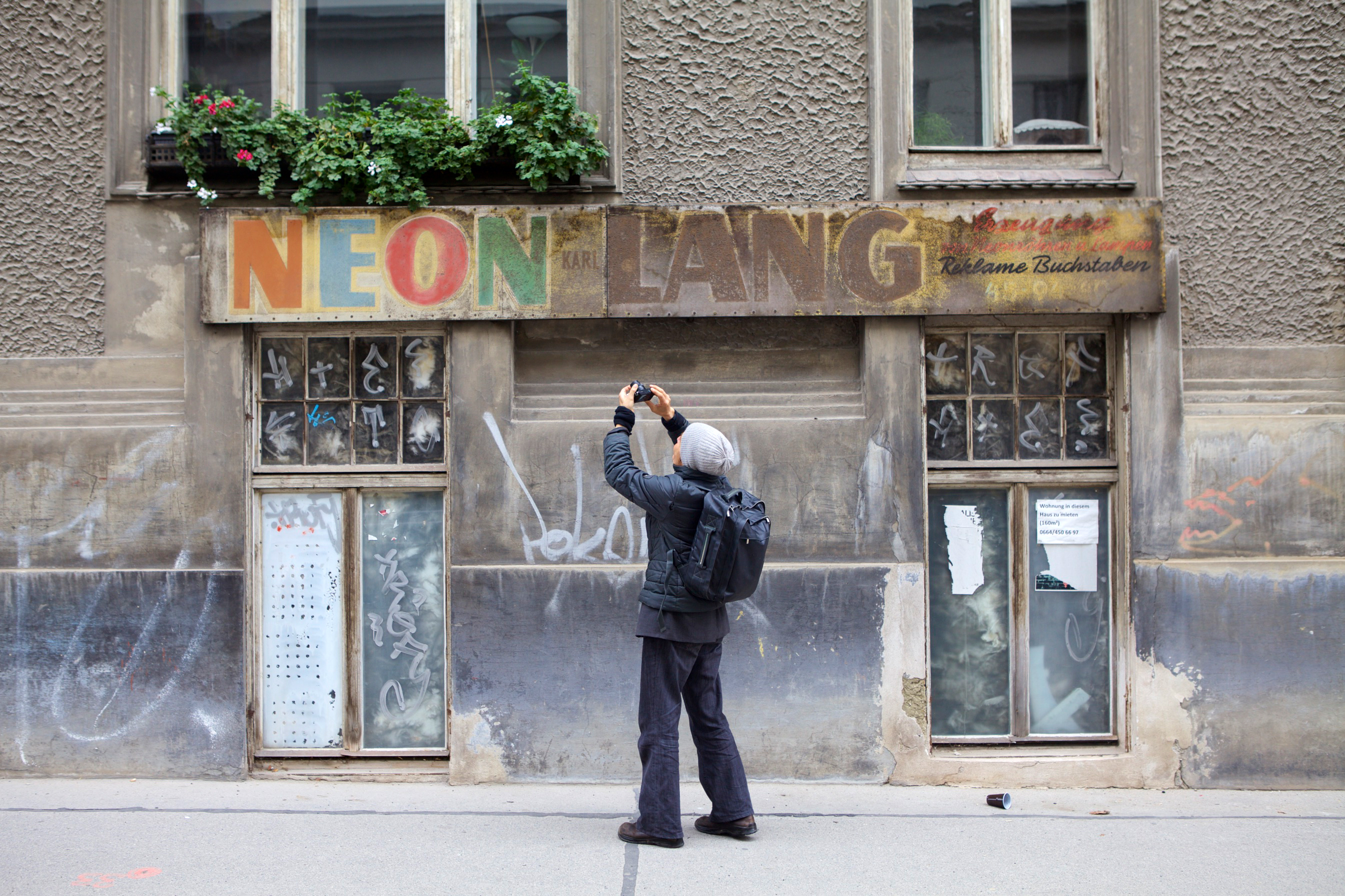 For the walk I regarded as Nature City anything alive or traces of living beings – apart from humans. I took heaps of images (around 300), tried to categorise and order them, also in respect to collaboration. The result were twelve folders. The following report is structured in three groups:
For the walk I regarded as Nature City anything alive or traces of living beings – apart from humans. I took heaps of images (around 300), tried to categorise and order them, also in respect to collaboration. The result were twelve folders. The following report is structured in three groups:
Animals / Plants / Traces
Animals
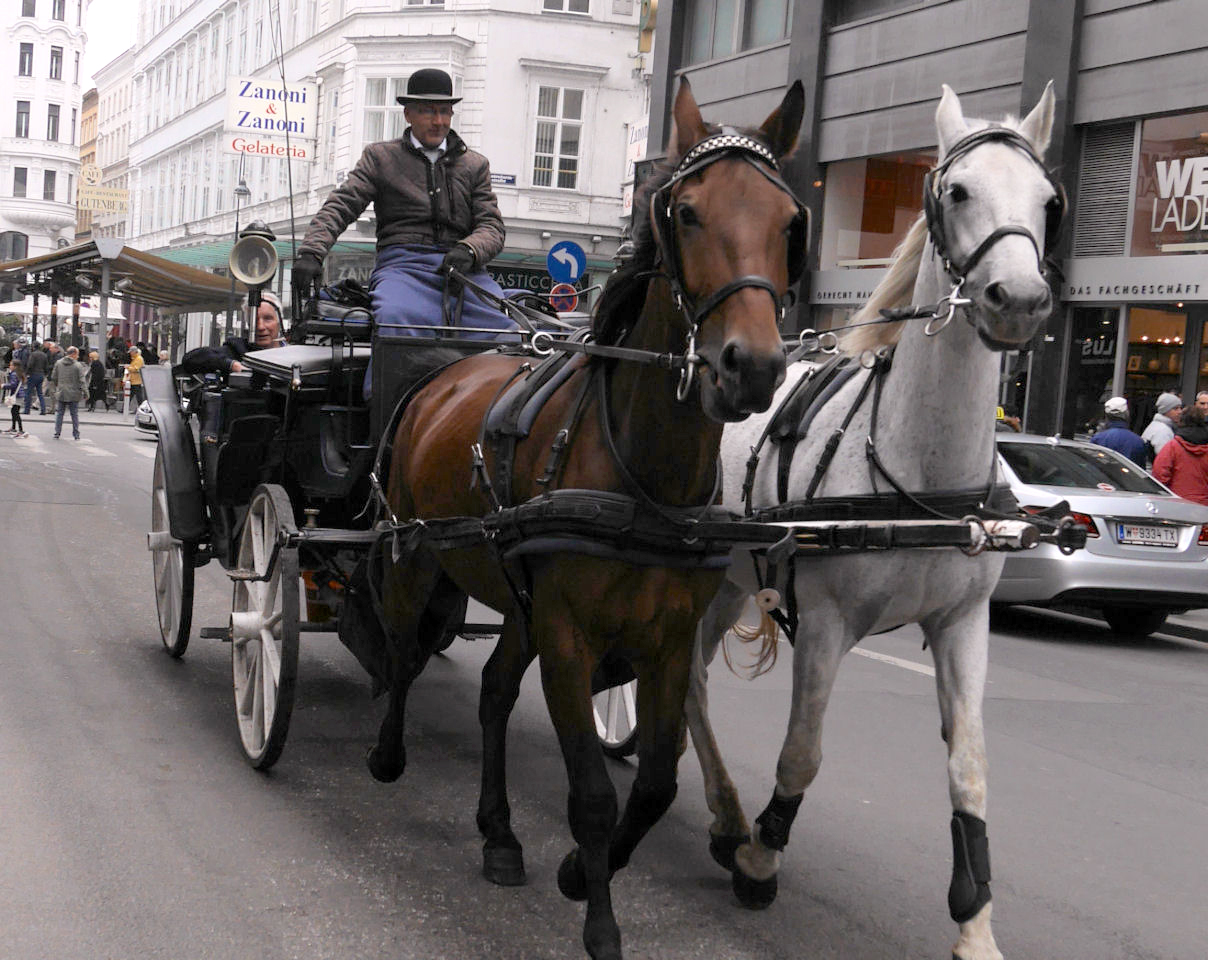
There is some wildlife in the city – apart from the huge number of rats – which you meet easier at night, it's mainly the birds which are visible. Seagulls, pigeons, ducks, craws, even herons.
The birds are fed, although there is a campaign which says – who feeds pigeons, feeds rats – people love feeding animals. Can this be regarded as a collaborative behaviour?
That was about the animals which are voluntary present to profit from the rich table a city has to offer. From all the pets in a city there are mainly the dogs present, cats exist, but they are less prominent. May be some of them help to control rats, but as they are mainly fed on canned food, I doubt that. You find pee traces, sometimes dogs poo, not that much, because you'll pay 36 € if you don't remove it. Is a dog and it's owner a collaborative unit? Sure is that dogs are a connecting factor. Dog owners meet and talk about their animals.
Horses: on our walk we crossed some Fiakers (Austrian carriage). In my view, although the horses had not much choice, the Fiaker thing is something which tends to something collaborative. To steer a Fiaker in a city needs some sensibility and attention. A lot of people are against horses in the city, but I love them. They slow down the traffic and I like the sound of the hooves on the asphalt.
Plants
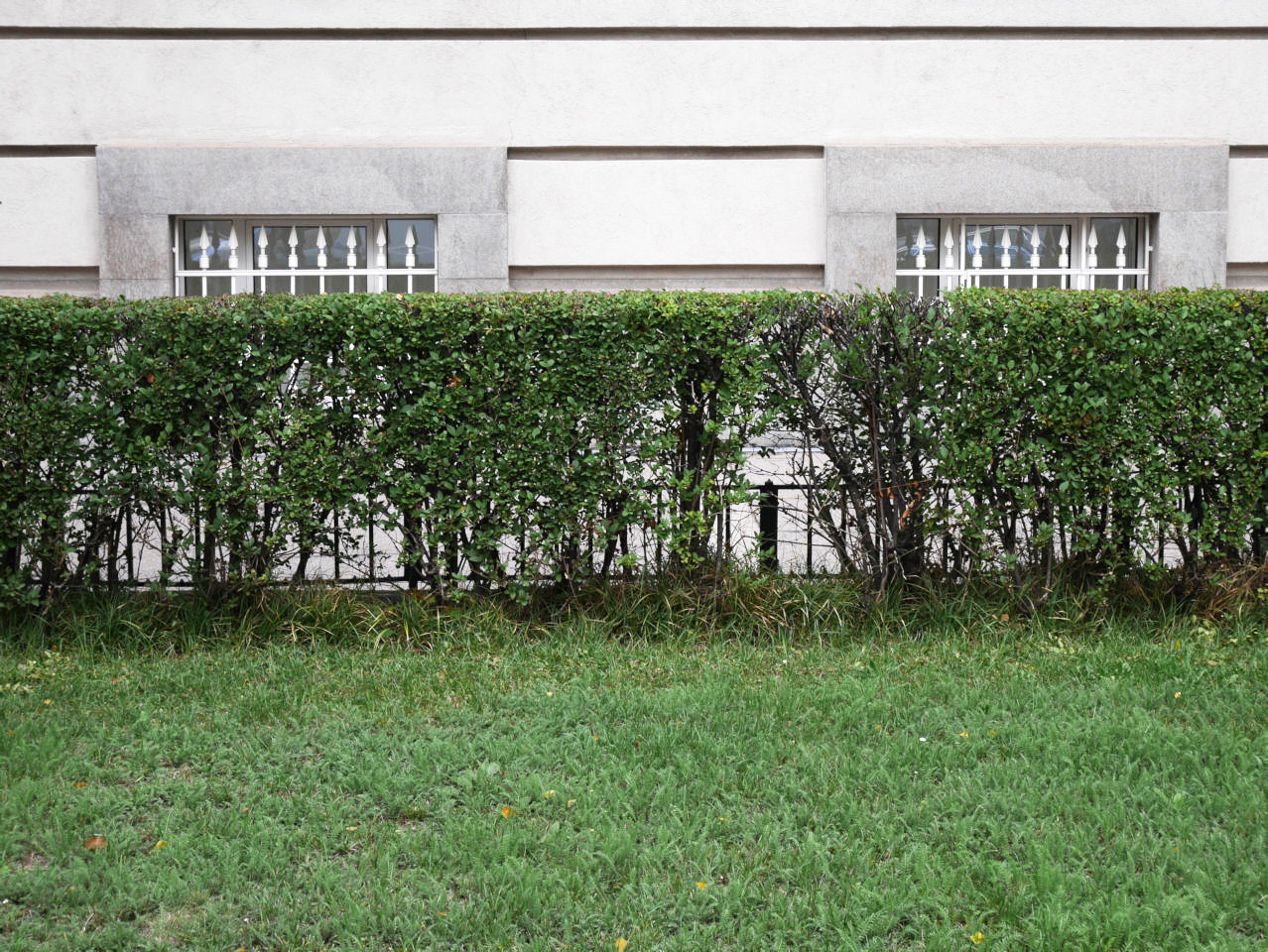
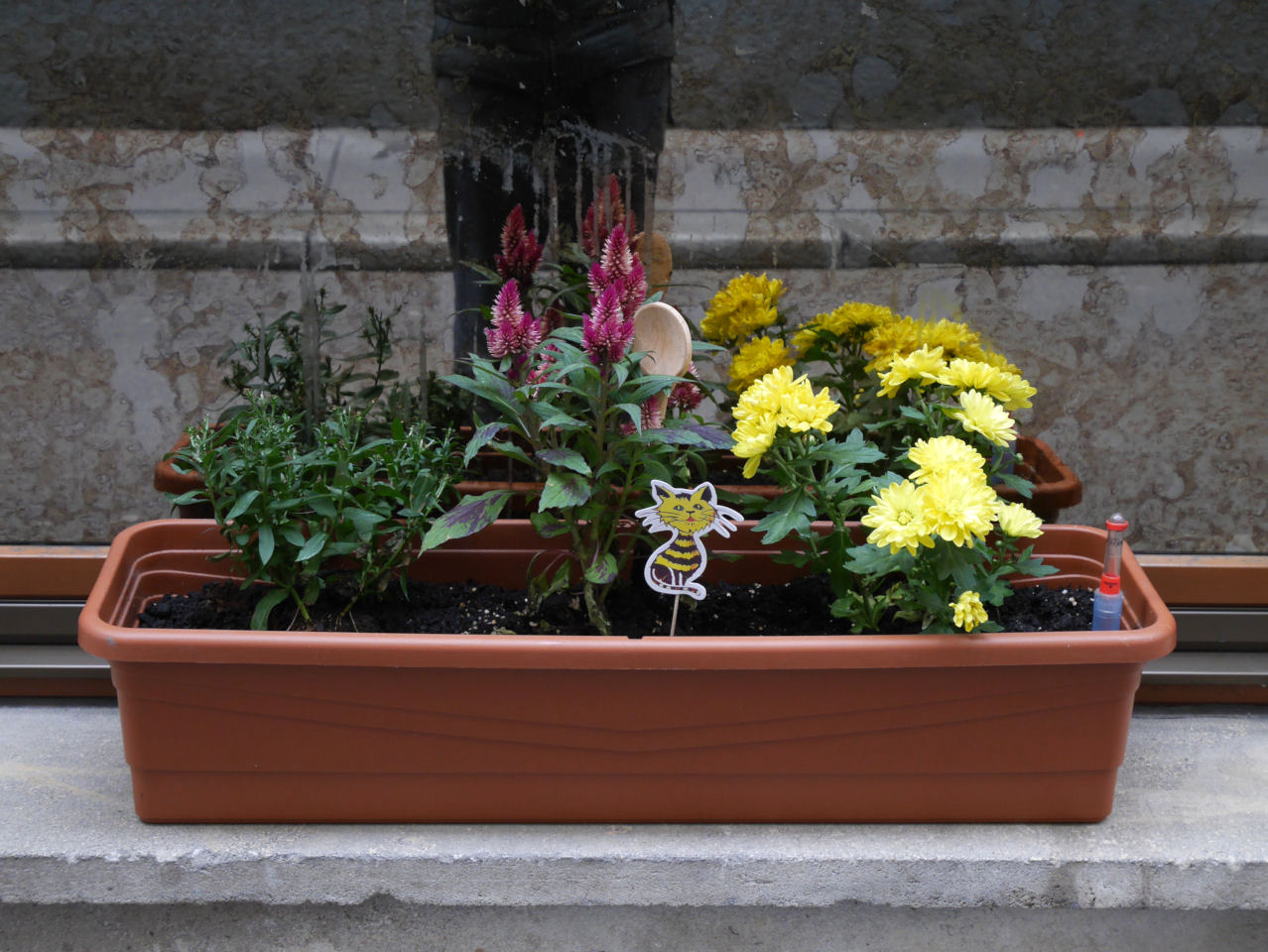
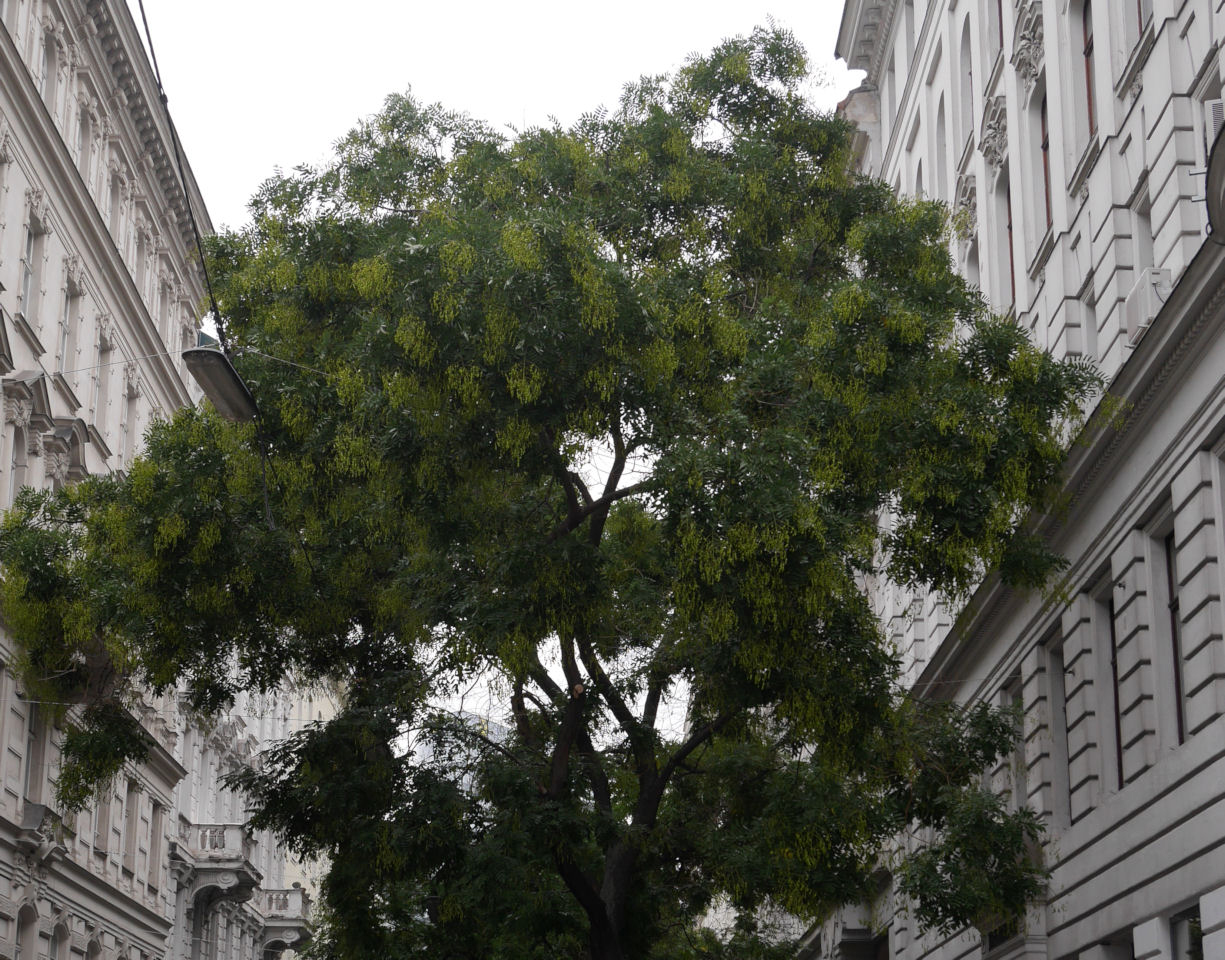
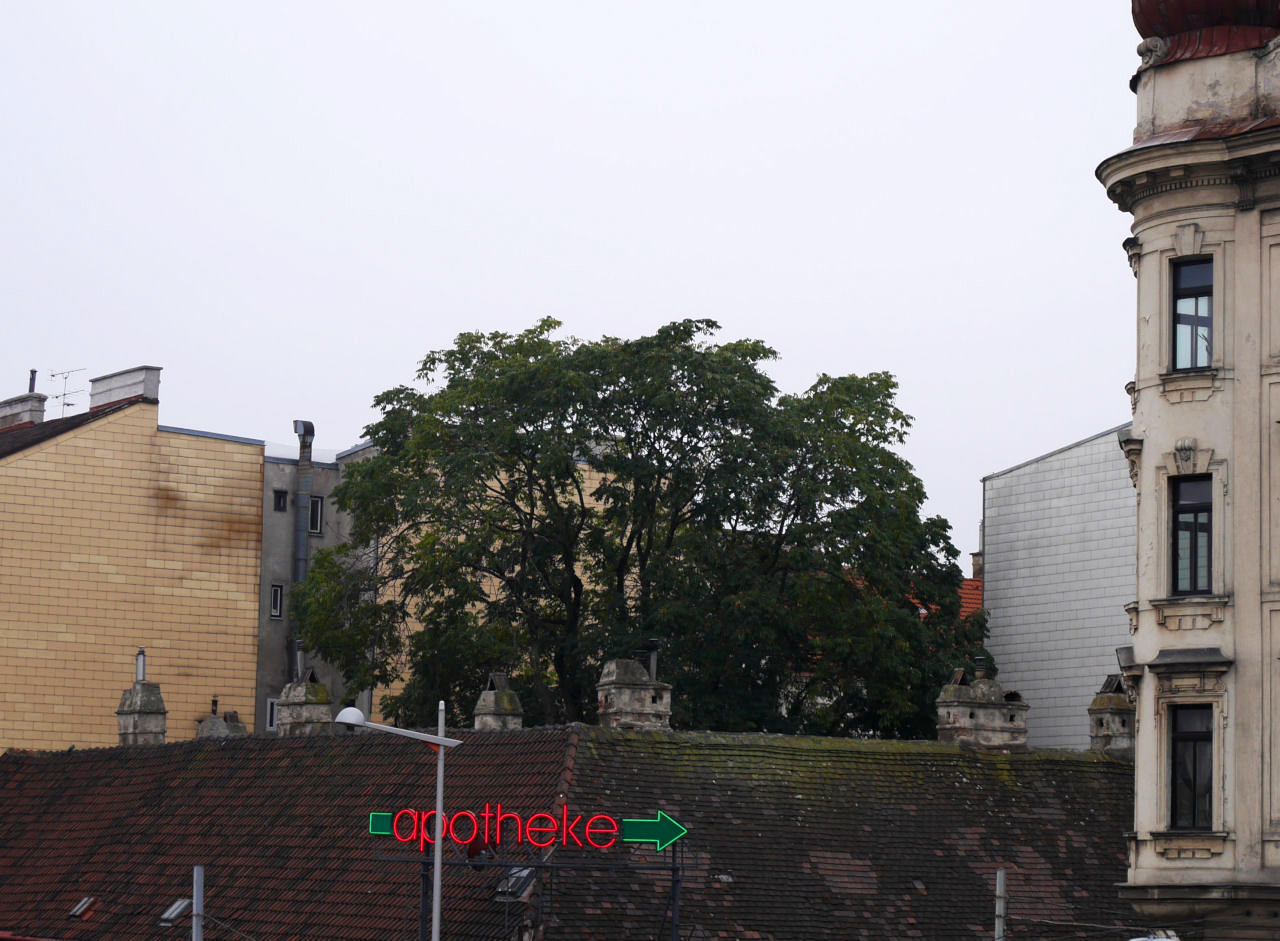
Like with the animals one can distinguish between plants which are there because humans decided so and plants which grow accidently, uninvited. The unplanned vegetation on our walk was usually not that big. Mosses, some knotweed (Polygonum), grasses and so. If you walk through other parts of the city you will find many Chinese sumacs, also called ghetto palms (Ailanthus altissima). In the 19th century those trees were introduced to start a european silk production (it's the food plant of a silk producing butterfly) and they became a pest in many european cities. Could this be regarded as an example for a failed collaboration?
The plants which are there because humans decided so, can be divided in those which are there due to private initiative or due to municipal activities. The private ones serve as decoration or as territorial marks. In most cases they depend on human support, because natural irrigation would not be enough to survive. As they grow in pots their territory is quite defined. Sometimes also their shape is defined by humans. There are also plant imitations – they don't need care. Exotic plants open a new investigative field because they grow mainly indoor. Some of them spend the warm season outside and were therefore present on our walk.
Plants from municipal activity are mainly trees and bushes. In most cases their territory is also quite defined. Their shape too. The still not so well established ones get support. The trees along streets have numbers - they are also an administrative issue.
Traces
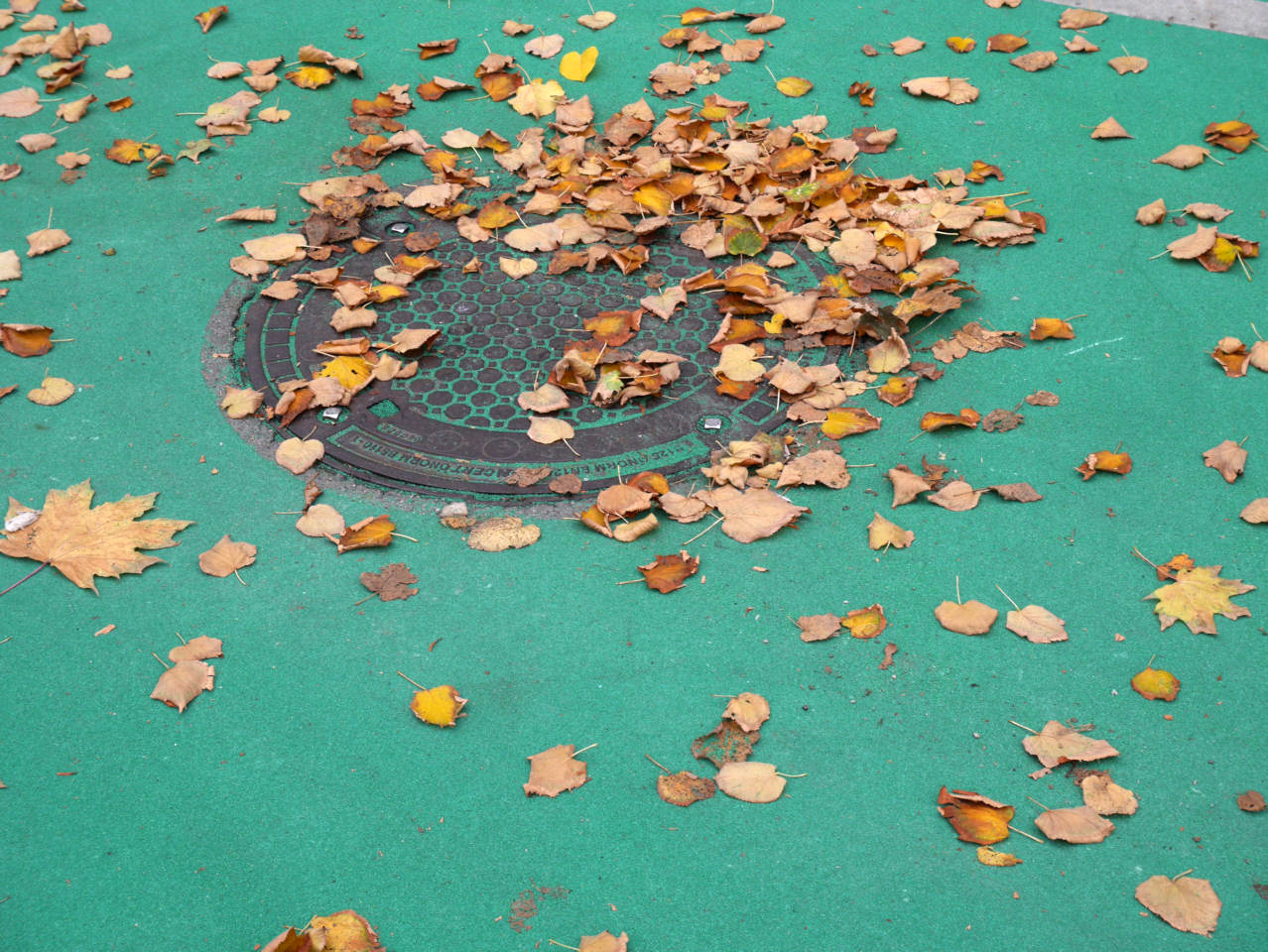
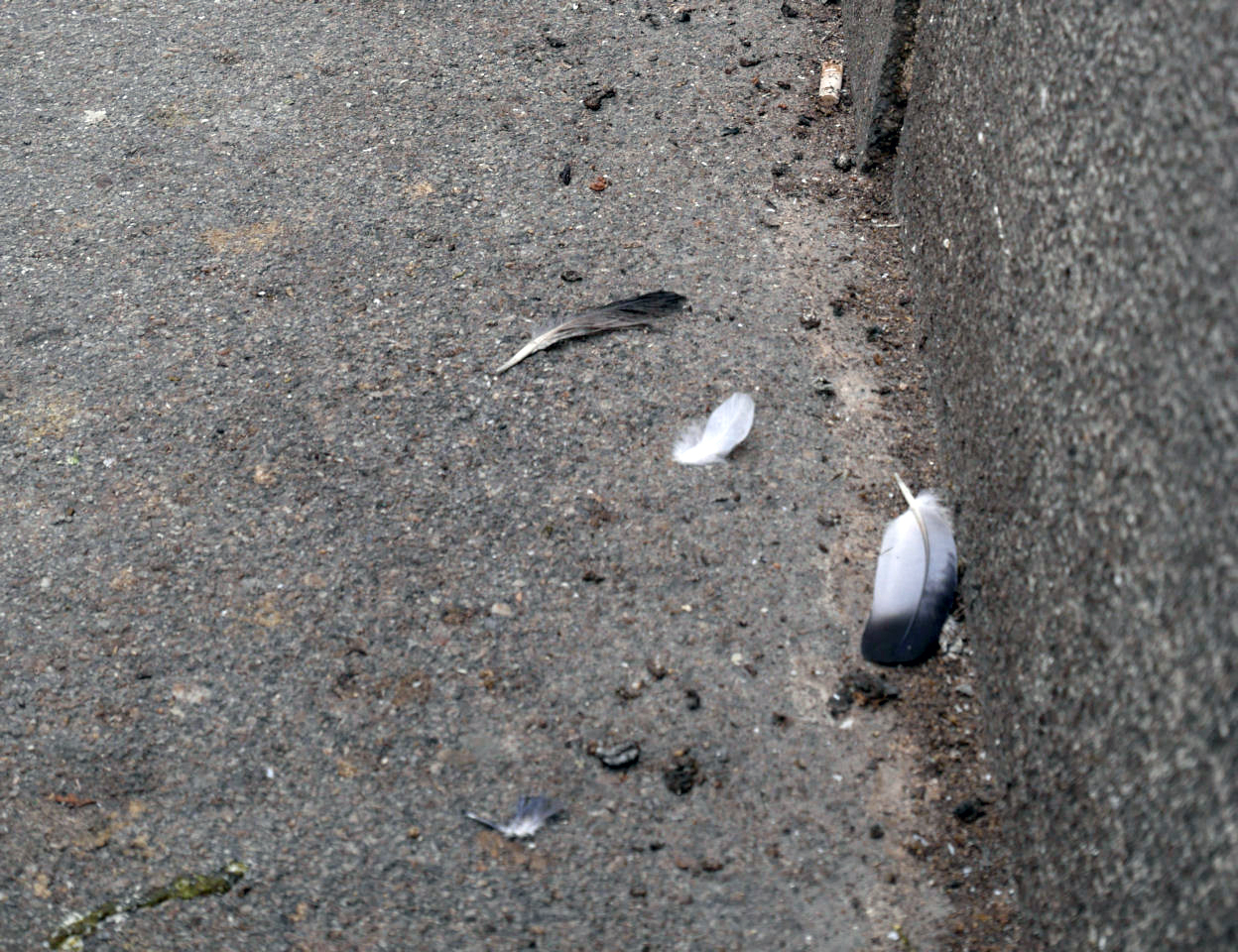
There were streets on our walk with more or less no vegetation. But there a traces of nature. Leaves which are blown there, dogs pee, pigeon poo. And one could guess, that it would not take too much time until unplanned vegetation and wildlife would reclaim territory.
Conclusion
In its simplest interpretation collaboration is 'working together'. In the preceding text facets and questions of collaboration were already touched on. In general I think that the relationship of humans and nature in a city is not so much of a collaborative nature but more of a utilitarian and control. Humans have the power to decide if nature is welcome or not and which shape the nature should have. It is also obvious that humans need nature, not just on a physiological level but also on an emotional level. I will end with a theory: The more 'unnatural' an environment is, the more care and investment is needed to sustain life (keep things alive) and the biodiversity in those environments is usually poor. A more collaborative approach would be to allow here and there some randomness and fallow land were adventure is still possible and a kind of self regulation can take place.
Text and images by Margit Busch October 2015
